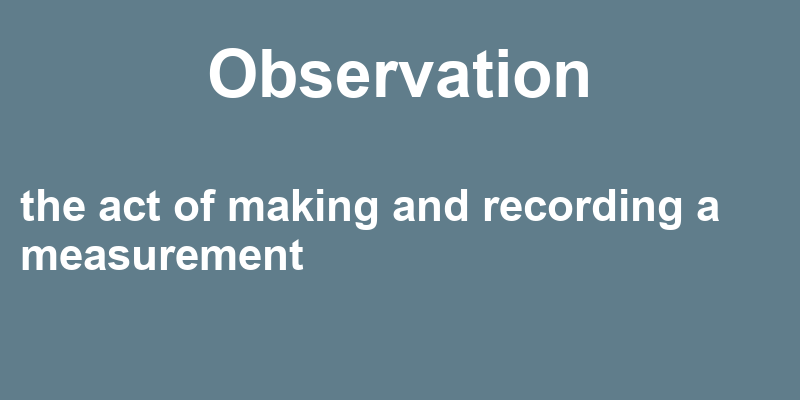

The first step of the scientific method is to make an observation about the world around you. The exact steps of the scientific method vary from source to source, but the general procedure is the same: acquiring knowledge through observation and testing. In other words, the scientific method is a very useful way to figure things out – though it must be used with caution and care! The Scientific Method Scientific Method Steps You can use the scientific method to find answers for almost any question, though the scientific method can yield conflicting evidence based on the method of experimentation. Through the scientific method, scientists are trying to uncover how the world works and discover the laws that make it function in that way. However, part of the process is to constantly refine your conclusions, ask new questions, and continue the search for the rules of the universe. The scientific method is a process of trying to get as close as possible to the objective truth. Every scientific experiment performed is an example of the scientific method in action, but it is also used by non-scientists in everyday situations. This method involves making observations, forming questions, making hypotheses, doing an experiment, analyzing the data, and forming a conclusion.
#DEFINE OBSERVATION PROFESSIONAL#
These include peer observation for professional development purposes (Rorschach and Whitney 1986 Richards and Lockhart 1991–92), peer coaching (Joyce and Showers 1982, 1987 Showers 1985 Showers and Joyce 1996) and action research (Kemmis and McTaggart 1988 Mingucci 1999).The scientific method is a series of processes that people can use to gather knowledge about the world around them, improve that knowledge, and attempt to explain why and/or how things occur.

Recently, however, teachers themselves have undertaken classroom observation for a variety of reasons.

In each of the four contexts outlined above, teachers and learners have often been observed by outsiders. Fourth, observation is widely used as a means of collecting data in classroom research. Third, practising teachers are observed by supervisors, course co-ordinators, department heads, principals or headteachers, in order to judge the extent to which the teachers adhere to the administration's expectations for teaching methods, curricular coverage, class control, etc. Second, practising teachers are observed either by novice teachers or by colleagues, for the professional development purposes of the observer. First, pre-service teachers are often observed in the practicum context by teacher educators, who typically give them advice on the development of their teaching skills as a regular part of pre-service training programmes (Day 1990). In language teaching and applied linguistics, classroom observation has historically served four broad functions.

This chapter focuses on observation in language classroom environments. Such events may occur in untutored environments (see Chapter 12) or in formal instructional settings. Observation, as the term is used here, refers to the purposeful examination of teaching and/or learning events through systematic processes of data collection and analysis.


 0 kommentar(er)
0 kommentar(er)
